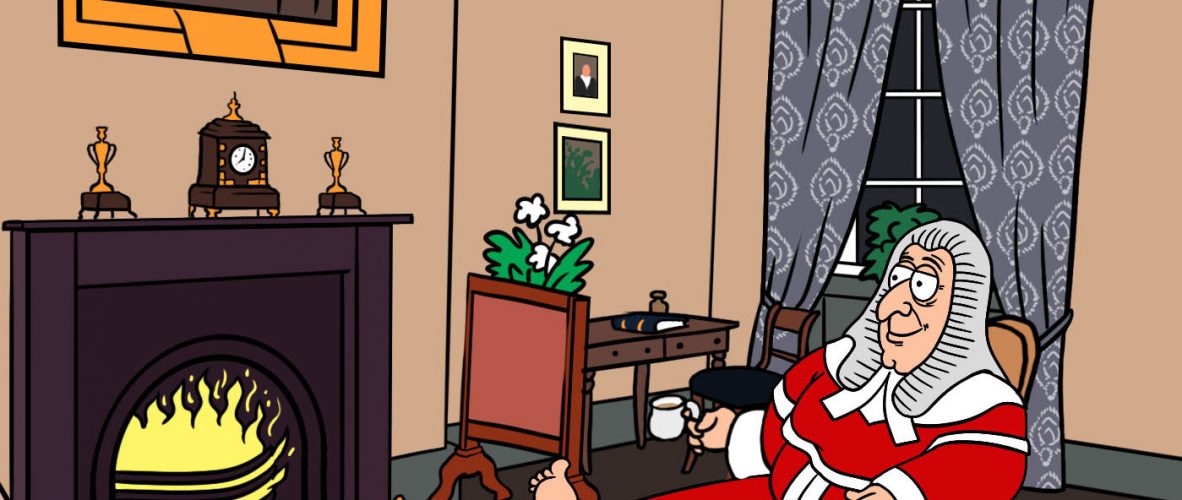The name given to the tight trousers worn by some Regency gentlemen, such as the notorious Beau Brummell and his ‘dandy’ followers, as they showed off their leg muscles.
what shall the judge eat today
Creating a menu for a Victorian Dinner was a complicated issue. Thinking about what they ate brings up many questions about their way of life, their wealth, their location and their health. At The Judge’s Lodging we often work with young visitors on creating a menu for the Judge”s dinner and compare it with food given as charitable relief to the poor.
Here you will find a sample menu for a rich person, a poor soup and a list of what raw foodstuffs were available in each month, which will give you an indication of the huge variety of food they ate. When looking at the menu sample, remember that all of these dishes were presented at the table – it was then up to the diners to decide what they would like to have (they could have everything if the wished!) Why not have a go at creating your own menu for our judge?
Here are some questions to get you started:
If they did not live near the sea, how did most fish get to them? And how fresh was it ?
Is there anywhere else where fish could be found?
Why did they use a lot of sugar and spices in food of wealthy people?
How did they store fruit and vegetables over the winter?
Where did they, for example, get bananas? (Perhaps you could chart the journey of a banana from tree to a wealthy table)
What sorts of meat and fruit would be available to rich people and which to the poor?
What happened to all the uneaten food? (Did the servants have it all or were there ways to turn it into other dishes?)
How did they cook each dish? (Have a look at a picture of our kitchen to get some ideas)
How did they keep things hot? (We have warmers that stand in front of the fires to put dishes on)
How did they keep things cold?
Where did ice come from?
